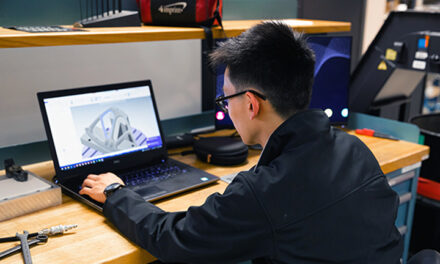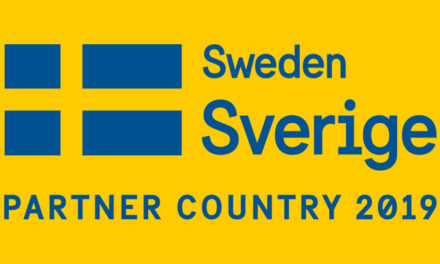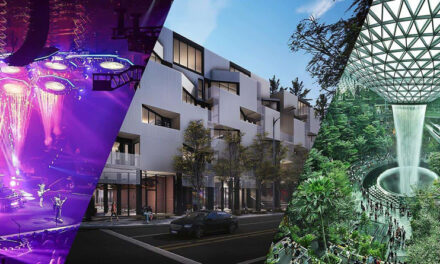
Every year, more than eight million tons of plastic waste end up in our oceans. That is equivalent to one garbage truck load per second. Companies like Adidas, Dell and Procter&Gamble have started to address this problem: They collect plastic waste, recycle it and reuse it for their products or as packaging material. This method is particularly popular among environmentally conscious customers. On the other hand, some organisations, such as Plastix, Parley for the Oceans or Fishy Filaments, transform old nylon or polypropylene fishing nets into regranulate and filament. This represents a sustainable way of resource recovery which may also be interesting for future inventors and producers.
Quickstarter: An initiative for a more sustainable environment
A research group at Siemens Corporate Technology is making the world a little better through its work as well:
– Sustainable Lifecycle Management” applies life cycle assessments and eco-efficiency methods for Siemens products, solutions and new business applications. The development of digital tools and services such as “City Air Management” (CyAM) is also part of the Group’s remit. In this way, environmental impacts are reduced and energy and resource efficiency is increased. For around two years a research team supported by Siemens’ Quickstarter crowdfunding program is working on the “Cleaning the Ocean is Our Business” initiative.
Ocean plastics: An opportunity for sustainable products
– In a project, Siemens SRE Restaurant Services came up with the idea of finding out whether recycled plastic waste from oceans is suitable for producing reusable drinking cups. We initially looked at the regulations and guidelines for using recycled plastic as food contacting material, says Ingo Bernsdorf, one of the initiators of the Cleaning the Ocean Initiative. Due to its untraceable origin, however, the plastic was not suitable for direct contact with food. For that reason, the first step towards product development could only be accomplished with the aid of a functional barrier.
Solution through Solid Edge and Additive Manufacturing
Supported by Franz-Georg Blattner from the Corporate Technology research group Coatings & Additive Manufacturing, the research group worked on redesigning the planned drinking cup. The team quickly realized they needed CAD software in order to advance their idea. Collectively, they decided to use the employee version of Solid Edge, a 3D CAD tool from Siemens PLM Software which is available free of charge to all Siemens AG employees.
– We had no experience with Solid Edge, remembers Felix Fischer, an active supporter of the initiative.
– We started by designing a cup that will be made of two materials to meet the food industry’s requirements. The cup’s core is made out of recycled ocean plastic. This core is coated with a layer of food-grade plastic. Thanks to the various applications in Solid Edge, the team was able to create a complex free-form surface construction with an interesting haptic reminiscent of the ocean’s wavy surface.
– Even though it’s a relatively simple product, Solid Edge made the process much easier with its simple and intuitive operation. It saved us a lot of time, says Fischer.
Cup wins construction award
Thanks to the Siemens PLM Software Solid Edge program and the cooperation with institutions such as the prototype workshop MakerSpace from Munich and the AM Design Lab Berlin by Siemens, the virtual product designs could promptly be converted into tangible prototypes and further developed.
From the early design phase, the product consisted of more than 40 percent recycled ocean plastic. As a result, 45 percent of CO2 emissions can be saved. The project was awarded with the sustainability award and a prize of 500 euros at the Solid Edge Contest 2018 by Urban August, Senior Vice President and Managing Director Germany at Siemens PLM Software.
From prototype to application
 The drinking cup serves as a feasibility study for the usage of recycled materials – and even for more complex constructions with a multi-material approach through additive manufacturing. However, in order to achieve higher product quality and thus expand the application areas to Siemens Business Units, it is now essential to improve the processability of recycled ocean plastic filament.
The drinking cup serves as a feasibility study for the usage of recycled materials – and even for more complex constructions with a multi-material approach through additive manufacturing. However, in order to achieve higher product quality and thus expand the application areas to Siemens Business Units, it is now essential to improve the processability of recycled ocean plastic filament.
– Whether it’s a drinking cup or a technical product, it’s up to us how we treat our planet more sustainable for future generations. Together with our customers, we are making our contribution through innovative solutions and products, says Bernsdorf.






